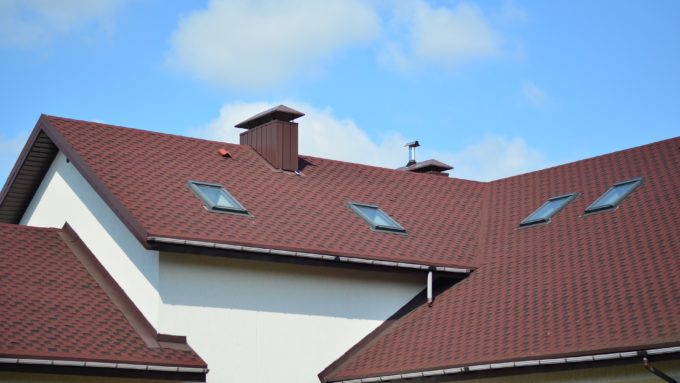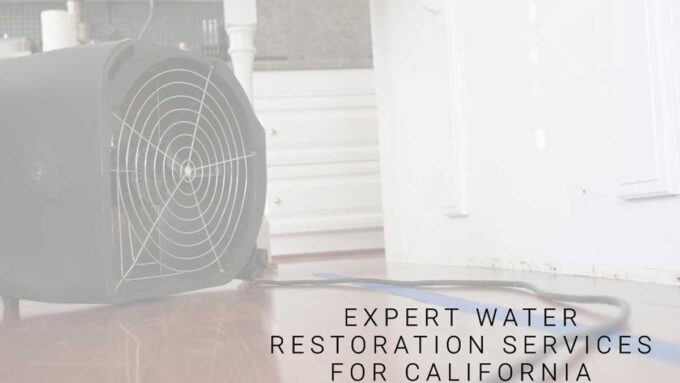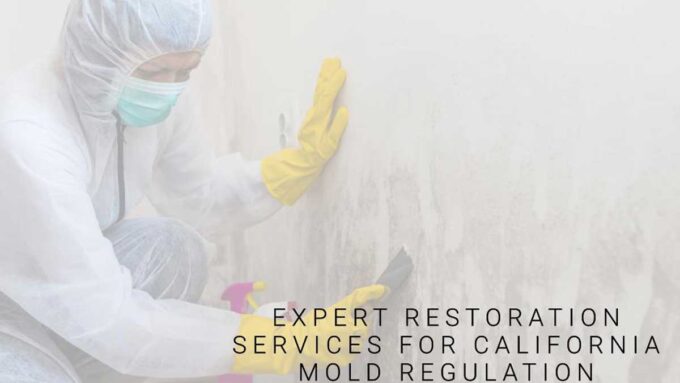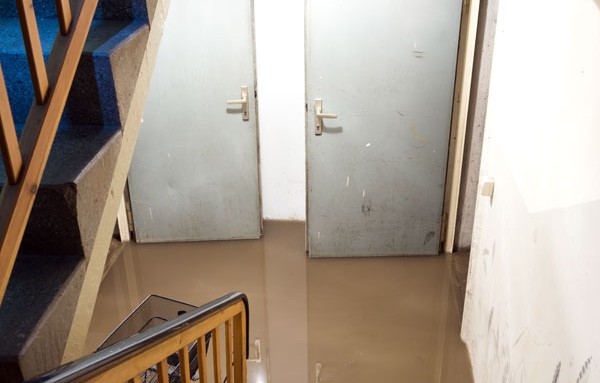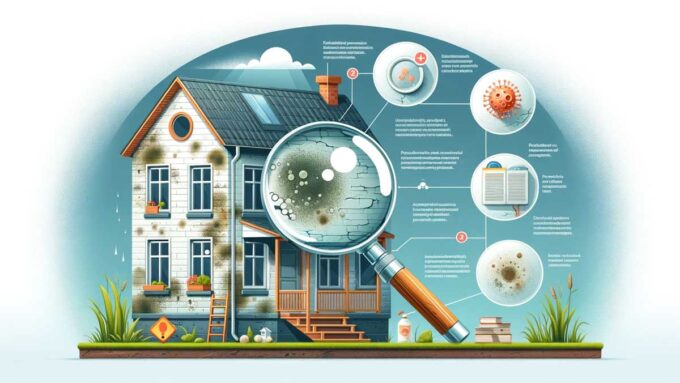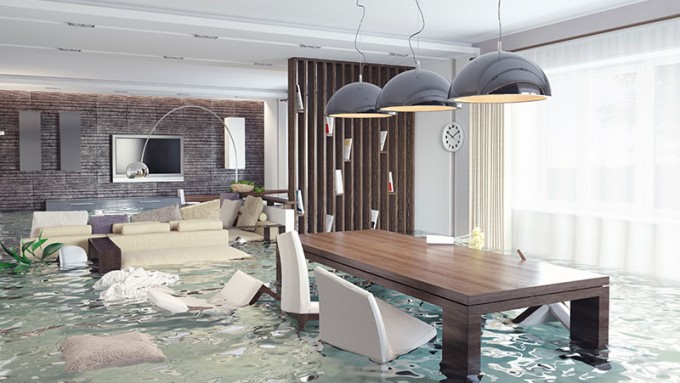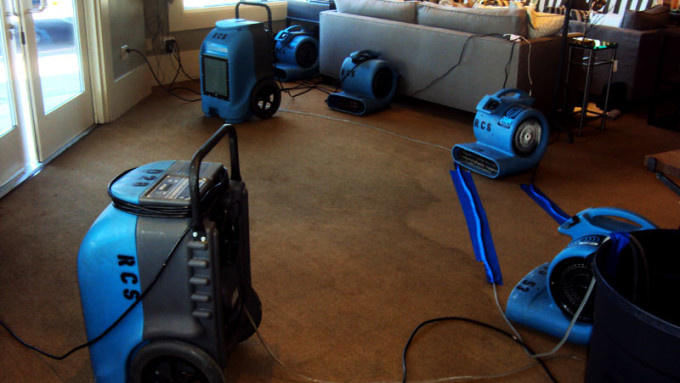Roof rats—despite their name, they don’t just live in your roof or in your attic. Roof rats generally start out in your roof or attic, usually getting there by using their superb climbing skills to walk across a tree limb that is hanging over your roof. Once they’ve settled in, though, they usually seek out spaces in your walls and even under your home. So don’t rule out a roof rat just because you found it somewhere else, and don’t assume your infestation is limited to that one location.
Roof Rat Threats to Your Home and Health
Once they’re in your walls, they can be a real problem. They love to make nests in insulation. Since they’re nocturnal animals, they’re active at night, which can be a real nuisance. When unsanitary roof rats live in houses, the odors from their urine and fecal droppings can be overwhelming, not to mention the diseases they carry. These rats can also create a fire hazard in your home by gnawing through electrical wires.
What Does A Roof Rat Look Like?
Roof rats are brown or black, and smaller than the more common house pest known as the Norway rat, which make their nests underground as a burrower. Roof rats usually make their nests in higher places located off the ground, but they can adapt to almost any environment, which makes them harder to get rid of if you have an infestation.
Roof Rat Farm in Your Home
They breed like, well rats! Males become mature at five months of age and roof rats can produce four to six litters per year. With each litter having up to eight mice, one female can give birth to 40 new mice in a year’s time.
What Can You Do?
Prevent roof rats from taking up residence by:
- Sealing up cracks and openings that may provide easy access into your home.
- Trimming back trees and tall shrubs to keep them from touching your roof.
- Refraining from keeping food stores or seeds in your attic.
- Eliminating food and water sources from your yard such as fruit on the ground, unsecured trash cans, and open water.
If you already have a roof rat population in your home, call a pest control service. They will come out and do a full assessment to look for nests—indoor and outdoor—and get rid of your pest problem once and for all. Then you can call restoration specialist to clean up after them and repair any structural damage they’ve done. An electrician may also be needed.

